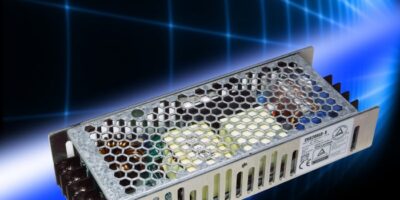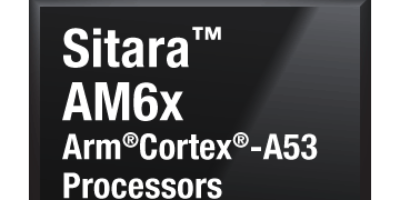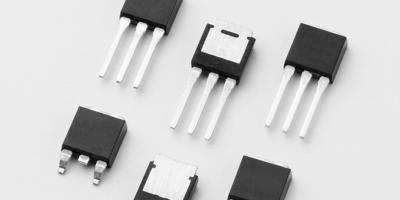Two Ethernet physical layer (PHY) transceivers have been introduced by Texas Instruments. They are designed to offer more connectivity options for designers of both space-constrained applications and time-sensitive networks (TSNs).
The DP83825I low-power 10-/100-Mbits per seocnd Ethernet PHY has a 44 per cent smaller package size than competing devices, claims Texas Instruments and provides a 150m cable reach. The DP83869HM is the industry’s only gigabit Ethernet PHY that supports copper and fibre media, and offers high -temperature operation up to 125 degrees C, which enables engineers to leverage the speed and reliability of Gigabit Ethernet connectivity in harsh environments.
The small package, low power consumption and long cable reach of the DP83825I enable designers to reduce the size and cost of compact IP network camera, lighting, electronic point-of-sale and other space-constrained applications without sacrificing network reach, explains Texas Instruments. The high operating temperature of the DP83869HM, as well as its electrostatic discharge (ESD) immunity and support for media conversion, are claimed to help increase performance and design flexibility in factory automation, motor drive and grid infrastructure equipment designs.
Network reach can be expanded while system size and cost can be reduced, with the DP83825I. This is claimed to be the industry’s smallest Ethernet PHY, in a 3.0 x 3.0mm QFN 24-pin package. It also has a long cable reach and helps designers shrink system designs while increasing the physical span of networks, says Texas Instruments. The device’s extended cable reach eliminates the need for Ethernet repeaters, which further reduces operating costs.
The DP83825I reduces thermal loading and power demands for Ethernet connectivity and enables the allocation of power to other critical components within a system by consuming less than 125mW. The device also includes power-saving features such as energy-efficient Ethernet, wake-on-LAN and media access control isolation.
The DP83869HM is claimed to have the industry’s widest temperature range and high ESD immunity. Operating temperature is -40 to +125 degrees C for Gigabit fibre operation and ESD immunity exceeds the 8kV International Electrotechnical Commission 61000-4-2 standard. The DP83869HM helps improve Ethernet system reliability in high-temperature and static-prone industrial environments such as factory floors.
It supports 1000Base-X and 100Base-FX Ethernet protocols and conversion between copper and fibre Ethernet standards, to extend long-distance networks. There is also TSN support through low latency (less than 390 nano seconds total) for both 1000Base-T and 100Base-TX standards.
Evaluation models for both PHYs are available.







